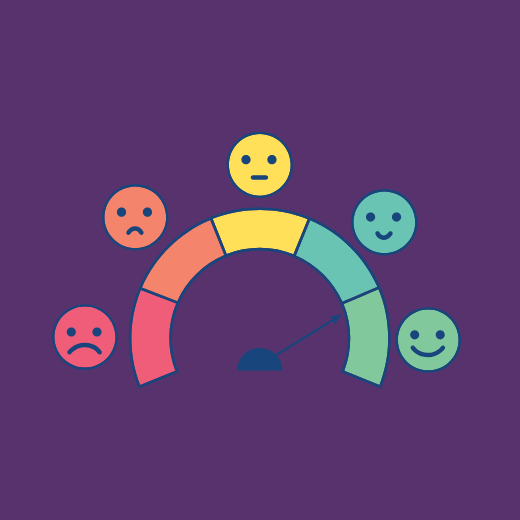The other day I was having a coaching session with a client of mine, a business owner, and one of his key employees. In previous conversations with the employee, I learned that her stress level was high and feeling appreciated was low and she was considering quitting.
This came as a surprise to the owner. He knew that they were having communication problems (the reason I was coaching them!) but he didn’t know that her level of dissatisfaction was so high.
The one thing you can count on is that when the economy picks up and people have employment options again, many people who are unhappy right now will not stay. While finding talent was the name of the game two years ago, RETAINING talent has taken its place.
Let’s be clear about one thing. From working with many organizations, I know there are people on your staff right now that need to go. No sugar-coating it. But there are others who are good, honest, hard-working individuals who aren’t being developed to their full potential. That’s the talent I’m talking about. And the talent you should be focused on retaining.
Years ago, the Gallup Management Journal’s semi-annual Employee Engagement Index puts the percentage of truly “engaged” employees at 29%. A slim majority, 54%, falls into the “not engaged” category, while 17% of employees are “actively disengaged.” Here is what is meant by those categories:
- Engaged employees work with passion and feel a profound connection to their company. They drive innovation and move the organization forward.
- Not-engaged employees are essentially “checked out.” They’re sleepwalking through their workday, putting time – but not energy or passion – into their work.
- Actively disengaged employees aren’t just unhappy at work; they’re busy acting out their unhappiness. Every day, these workers undermine and sabotage what their engaged coworkers accomplish.
Most people acknowledge that employee engagement is at an all time low. Yet even using these past Gallup statistics, with a potential 71% of the workforce not engaged, is it any wonder that getting strategic objectives accomplished is like pushing a string, uphill, in the winter!
There are 12 simple questions about day-to-day realities that determine whether people are engaged, not engaged, or actively disengaged at work. Can your employees generate affirmative answers to these questions?
- Do I know what is expected of me at work?
- Do I have the materials and equipment that I need in order to do my work right?
- At work, do I have the opportunity to do what I do best every day?
- In the past seven days, have I received recognition or praise for doing good work?
- Does my supervisor, or someone at work, seem to care about me as a person?
- Is there someone at work who encourages my development?
- At work, do my opinions seem to count?
- Does the mission or purpose of my company make me feel that my job is important?
- Are my coworkers committed to doing quality work?
- Do I have a best friend at work?
- In the past six months, has someone at work talked to me about my progress?
- This past year, have I had opportunities at work to learn and grow?
Because the truth is, it doesn’t matter how many people are on the payroll. It matters how many engaged people vs. disengaged people you have on staff. The wrong ratio is a liability that can bring down even the most promising organization.
Quotes:
“Work is either fun or drudgery. It depends on your attitude. I prefer fun.” ~ Colleen C. Barrett
“I believe you are your work. Don’t trade the stuff of your life, time, for nothing more than dollars. That’s a rotten bargain.” ~ Rita Mae Brown
“Success is not the key to happiness. Happiness is the key to success. If you love what you are doing, you will be successful.” ~ Hermain Cain





